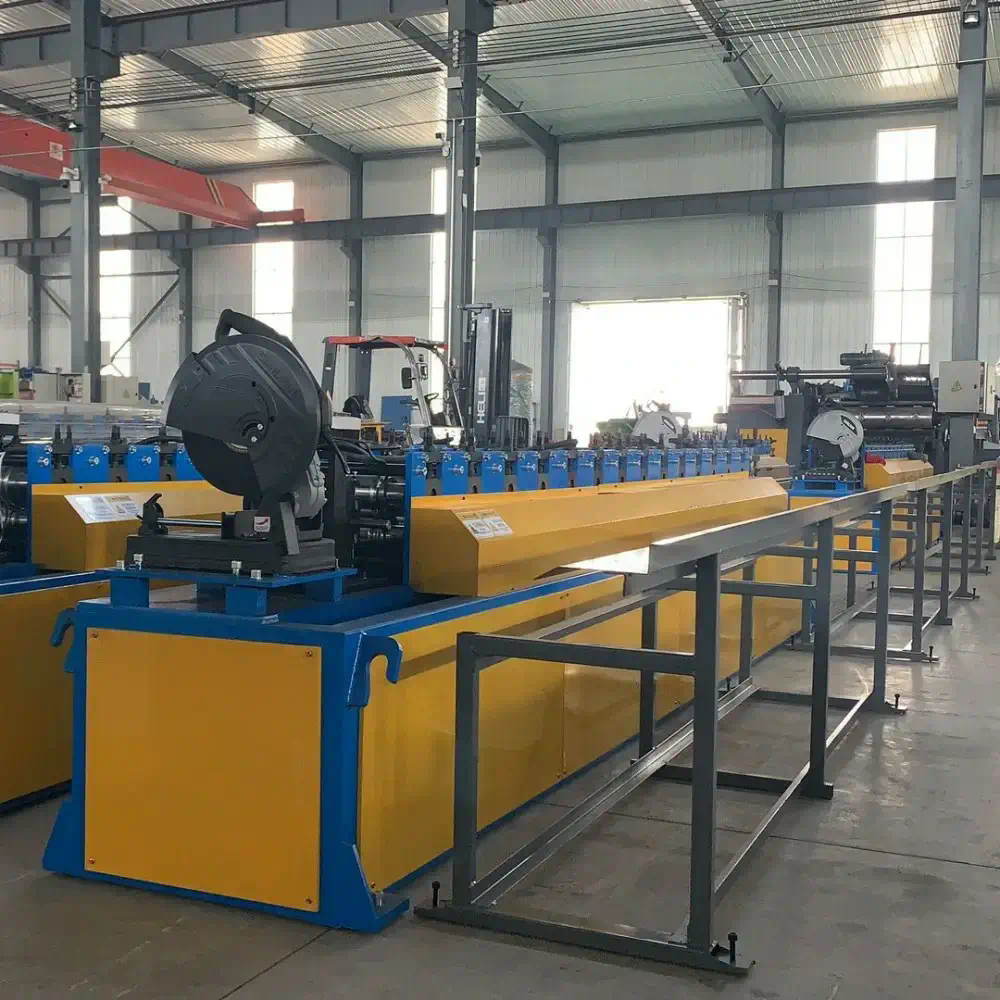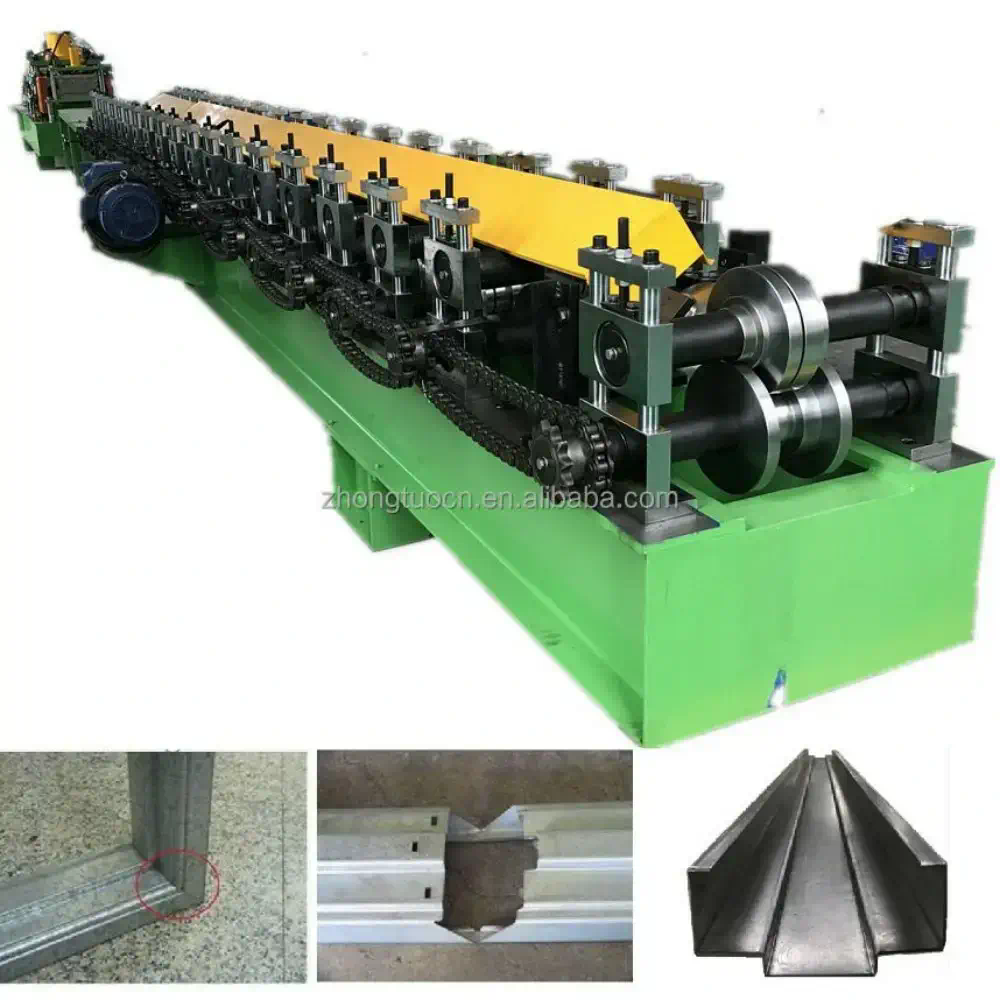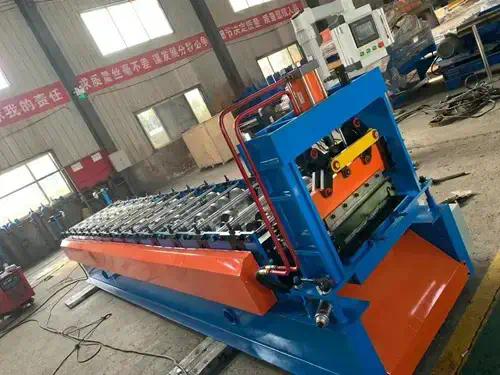Sheet Bending Machine-From Blueprint to Reality
Sheet bending machines play a crucial role in the manufacturing industry, allowing for the precise bending of metal sheets to create various products. From the initial blueprint design to the final production of the machine, there are numerous steps involved in bringing a sheet bending machine from concept to reality.
The journey of developing a sheet bending machine begins with the creation of a detailed blueprint. Engineers and designers work together to outline the specifications and functionality of the machine, taking into account factors such as the thickness of the metal sheets to be bent, the desired bending angles, and the overall dimensions of the machine. The blueprint serves as a roadmap for the entire manufacturing process, guiding each step towards the final product.
The Prototype Stage
Once the blueprint is finalized, the next step is to develop a prototype of the sheet bending machine. This stage involves testing the design concept in a real-world setting to identify any potential issues or areas for improvement. Engineers work closely with machinists and fabricators to bring the prototype to life, using a combination of cutting-edge technology and traditional craftsmanship.
Refining the Design
During the prototype stage, engineers gather valuable feedback from testing and make necessary adjustments to the design. This iterative process may involve tweaking the machine’s mechanical components, optimizing the software controls, or enhancing the overall efficiency of the bending process. The goal is to create a machine that delivers precision and reliability while meeting the specific needs of the end user.
Manufacturing and Assembly
With the design finalized and the prototype successfully tested, the focus shifts to manufacturing and assembly. Skilled technicians and craftsmen work together to fabricate the components of the sheet bending machine, following the specifications outlined in the blueprint. Precision machining techniques are used to ensure the parts fit together seamlessly, resulting in a well-built and durable machine.
Quality Control and Testing
Once the machine is fully assembled, it undergoes rigorous quality control checks and testing procedures. Engineers conduct thorough inspections to verify that all components meet the required standards for accuracy and performance. The machine is put through a series of tests to assess its bending capabilities, speed, and durability under varying conditions. Any issues discovered during testing are addressed promptly to ensure the machine meets the highest quality standards.

Installation and Commissioning
After passing all quality control tests, the sheet bending machine is ready for installation at the customer’s facility. A team of experienced technicians is dispatched to oversee the installation process and ensure that the machine is set up correctly. Once installed, the machine undergoes a commissioning process where it is calibrated and fine-tuned to meet the specific requirements of the customer’s production line.
Training and Support

In addition to installation, the customer receives comprehensive training on how to operate and maintain the sheet bending machine. Technicians provide hands-on instruction on using the machine’s controls, programming automated functions, and performing routine maintenance tasks. Ongoing support is also offered to address pipe bender for sale any questions or issues that may arise during the machine’s lifespan, ensuring optimal performance and longevity.

Conclusion
Bringing a sheet bending machine from blueprint to reality is a complex and multi-faceted process that requires collaboration, precision, and attention to detail. By following a systematic approach that encompasses design, prototyping, manufacturing, testing, and support, manufacturers can create high-quality machines that meet the diverse needs of the modern manufacturing industry. With advances in technology and engineering, sheet bending machines continue to evolve, offering greater flexibility, efficiency, and reliability for a wide range of applications.
https://supplychaininterview.com/